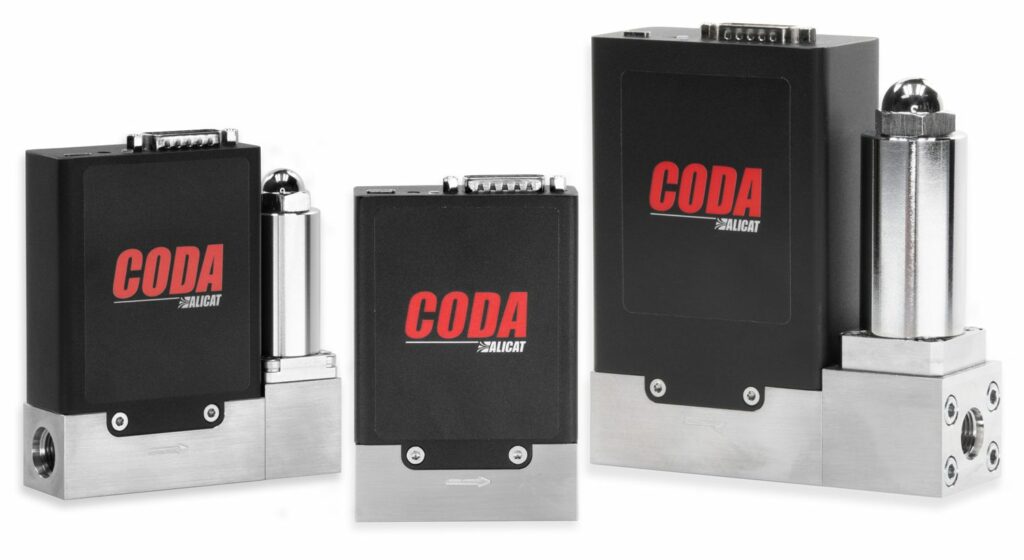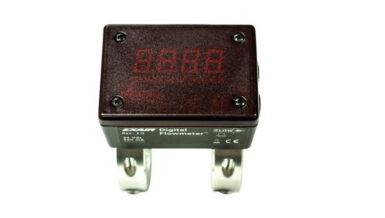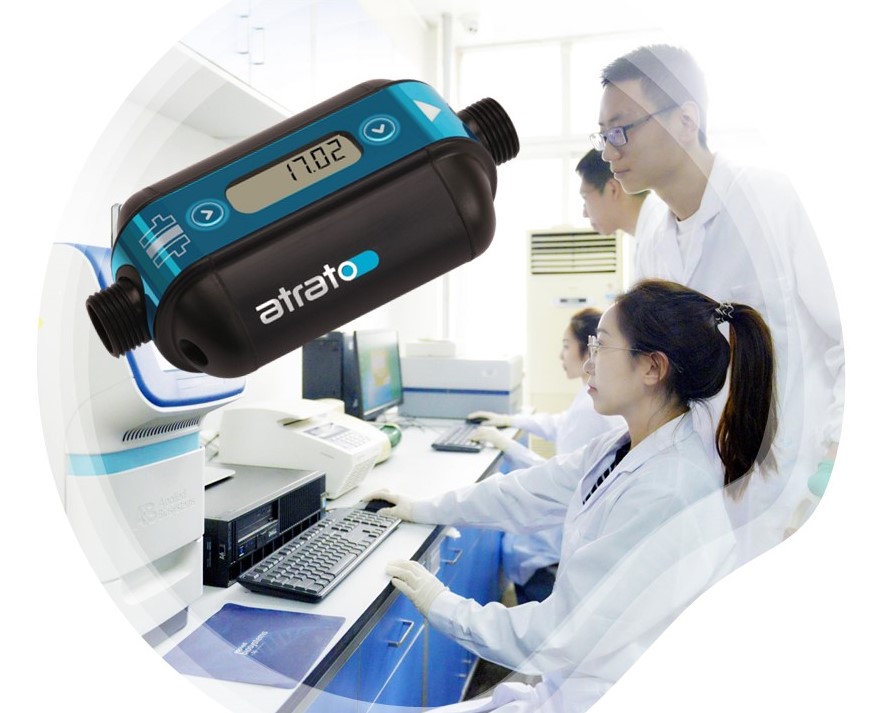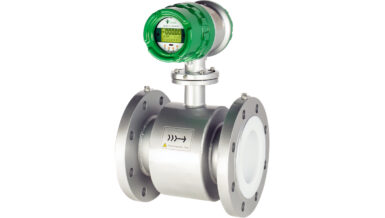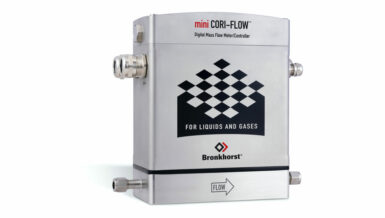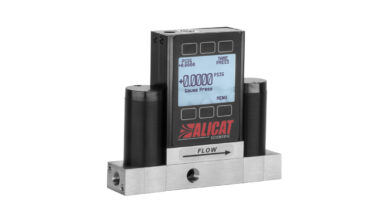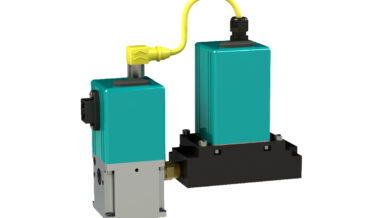Fast and accurate instruments throughout the fuel cell system make life much easier when conducting PEM fuel cell testing and diagnosis, and large turndown ratios allow processes to be easily scaled through the development process.

Figure 1. Using Alicat solutions for fuel cell system testing & optimization.
Regulating oxidant and reactant ratios and distributions across gas diffusion layers of stacks is key to maintaining the efficiency of hydrogen fuel cell technology, making reliable and fast responding flow regulation an invaluable asset to fuel cell test benches. When process conditions include high pressures and low flow rates, a Coriolis mass flow controller is a reliable, high-accuracy option. For higher flow rates of mainline inputs and outputs, a differential pressure mass flow controller can be used to monitor both pressure and mass flow simultaneously over a wide range of flow rates. It is also important to maintain tight back pressure control, which can be difficult in environments with high temperature, high humidity, and moisture. Like in electrolysis, a multi-orifice back pressure regulator is well suited to maintain ideal reaction conditions in fuel cell systems, allowing pressure regulation down to 0.0001 PSIG in most testing conditions. Stainless steel differential pressure mass flow meters provide fast and accurate mass flow readings, unaffected by moisture passing through the unit.
Yet another challenge is regulating temperature across the stack to maintain a consistent rate of power distribution. Improper regulation can cause efficiency losses and even damage to the stack elements. This challenge becomes increasingly more difficult as the number of cells increase. Incorporating differential pressure mass flow controllers with <50 ms response times and 10,000:1 turndown ratios can ensure fast, stable temperature regulation.
Humidification is equally important to ensure efficient proton conductivity across the electrolyte layer as an excess or deficit of water can greatly impact fuel cell efficiency.
Hydrogen fuel cell regulation

Figure 2. Using Alicat controllers for fuel cell system regulation & monitoring.
Once optimal gas ratios, flow rates, pressure, and temperatures have been established, Alicat solutions can be used to regulate and monitor your finished fuel cell systems.
Pressure regulation units can be used in combination with external sensors to regulate pressure upstream of the sensor position. In high temperature, high humidity lines, remote sensors and valves can also be employed for pressure regulation. Fast response times and turndown ratios of up to 10,000:1 ensure that pressure and mass flow controllers can precisely control hydrogen flow into pre-heating systems and maintain fuel cell system efficiency. Meanwhile, a multi-orifice back pressure regulator maintains exhaust gas output.
Solutions for other areas of fuel cell research
The many other processes and tests that are required in areas relating to hydrogen fuel cell system R&D (e.g. catalyst verification and electrode testing) require custom mass flow and pressure solutions using a variety of technologies.



